15 companies on the cutting edge of modular construction
Canadian companies are embracing modular techniques to overcome industry challenges.
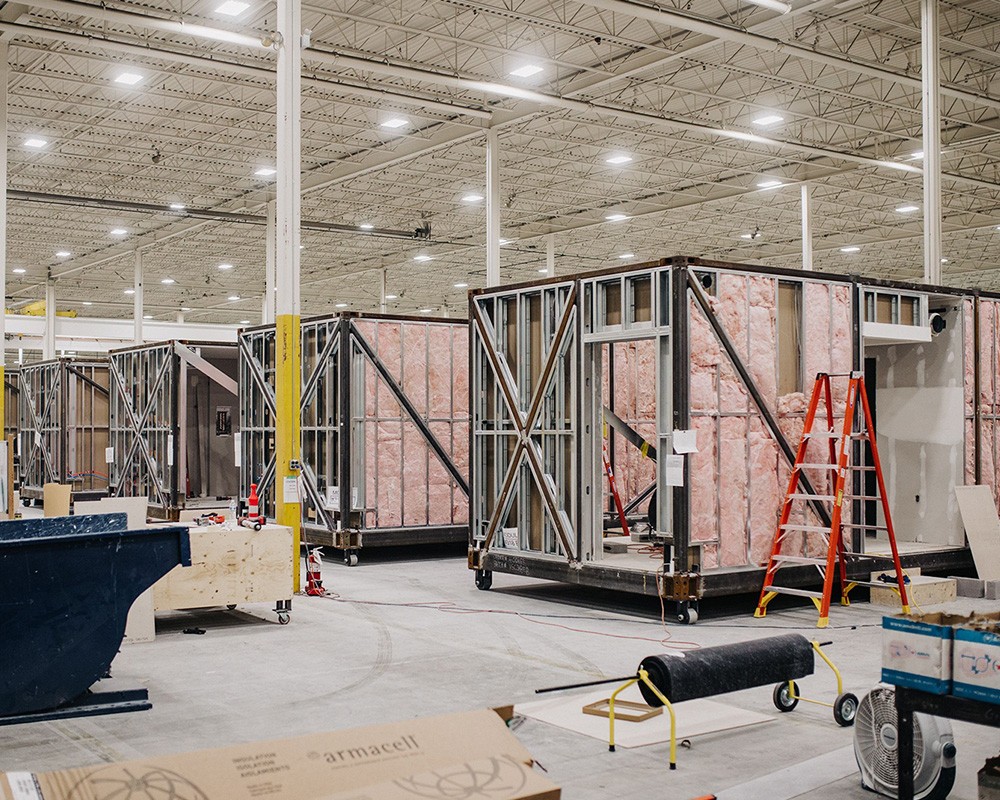
ED Modular
Canada is facing a housing crisis. The construction industry is struggling to find enough materials and labour to get projects done. Remote or harsh environments, like the Arctic, make traditional construction far more challenging.
What’s the solution for these challenges? Many believe it lies in modular construction.
According to the Modular Building Institute, modular construction is a process the involves constructing a building off-site under controlled plant conditions. Projects use the same materials and are designed to the same codes and standards as conventionally built facilities – but in about half the time. Buildings are produced in “modules” that when put together on site, reflect the identical design intent and specifications of the most sophisticated site-built facility – without compromise.
Here are some of the most innovative companies in Canada leveraging the advantages of modular construction:
15. NRB Modular Solutions
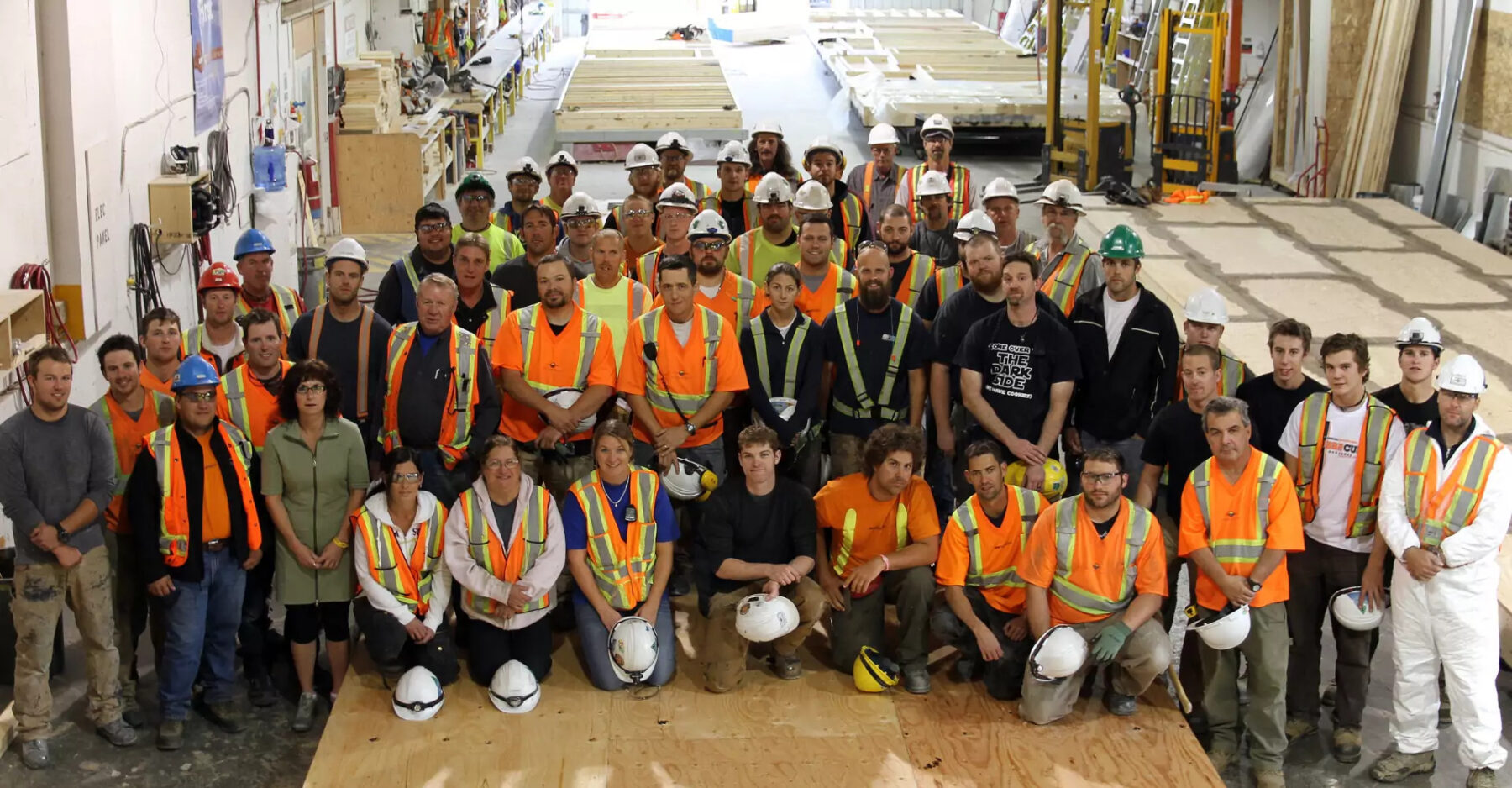
Affordable housing in Hawaii, seniors housing in Kamloops, large homes for Montana – NRB is building communities all over North America. NRB Modular Solutions says it’s the largest modular builder in Canada with over 45 years of modular construction experience. Their work is turning heads. Just last year, the Modular Building Institute recognized three NRB projects during its annual awards.
14. CHOU Consulting and Development

Extreme conditions are where modular techniques can really shine. The company was formed after Amanda Doiron and Stuart Rostant found the supply of homes in the Arctic to be lacking. The harsh winter conditions, lack of local skilled labour and extremely short construction season made modular a smart choice for rapid home building. Everything – the size of the furniture, the foam/steel panels used and the weight of the units – is carefully designed and chosen for Nunavut.
13. ATCO Structures

ATCO Structures has been in business for 75 years and the experience shows. They have manufacturing facilities in Canada, the United States, Mexico, Chile and Australia where they build housing, hotels, medical facilities, schools, multi-family housing and more. Recently, they acquired Triple M Modular Housing, the largest modular housing provider in Western Canada as part of its North American business strategy. ATCO has big plans to rapidly build homes in Canada and will certainly be a company to watch in the coming years.
12. 720 Solutions
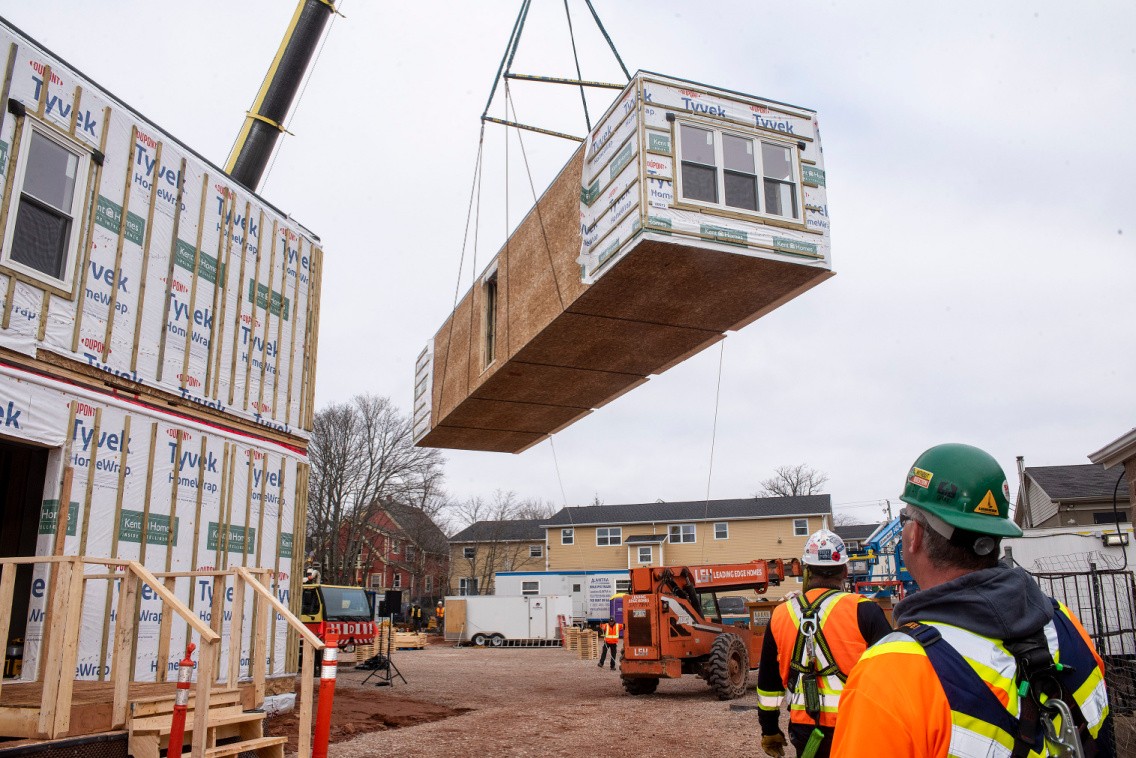
The 720 team have used their experiences living in subsidized provincial housing, sleeping in tents while tree planting in Canada’s North and providing emergency shelter for First Nations to build a successful company. Late last year they put up a 28-unit building for the Canadian Mental Health Association in Charlottetown, P.E.I. It took them 13 months, catching the attention of government officials who believe it could be a model for addressing the the island’s housing supply.
11. ED Modular

The largest general contractors in the country also see the potential of modular construction and are working to create their own solutions. ED Modular is a vertically integrated division of EllisDon. Here’s how ED Modular’s senior vice president, Tom Howell put it: “Modular construction is not just a trend, it’s always been a part of the process, but it’s currently happening on a whole new scale. With the skills to provide guidance and leadership on modular/prefabrication projects of any size, ED Modular is determined to make prefabrication and volumetric modular construction in the factory and off-site assembly of building components mainstream.”
10. Due North Housing

Due North is harnessing modular technology to help solve the unique housing challenges faced by Indigenous people, particularly students and elders. The company is currently collaborating with Iroquois Falls in Northern Ontario to build a modular home facility. Its first phase could produce 300 units each year, said Alexander Bimman, Due North’s president and CEO.
9. SRI Homes
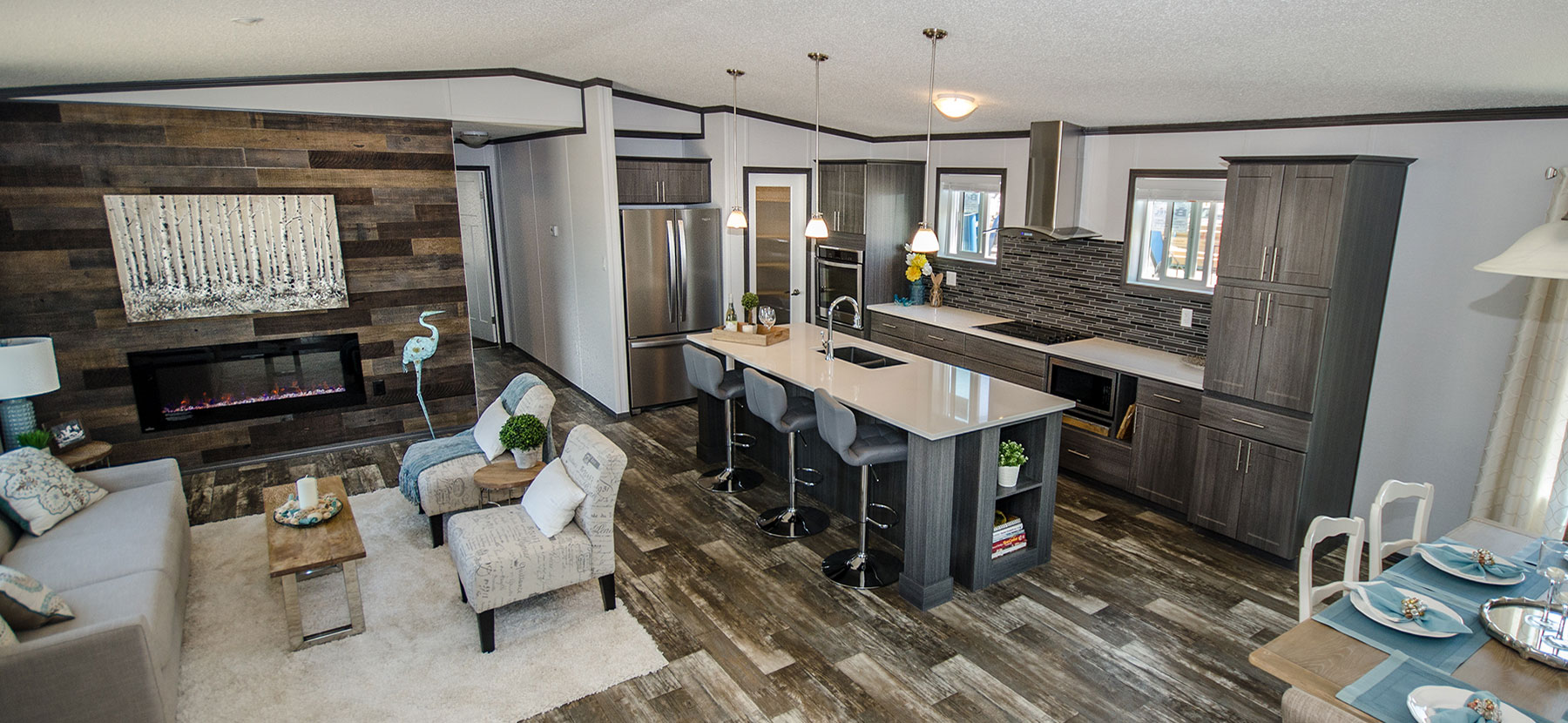
The first SRI factory (Shelter Home Systems), located in Estevan, Sask. began building homes in back in 1978. In 1985, the second SRI factory (SRI Regent), in Lethbridge, Alberta was acquired. Rounding out the Western Canadian factories (SRI Kelowna), the Kelowna factory began producing homes in 1992. To date, over 45,000 homes have been built between the three factories. SRI also has a sister company called Gibraltar Building Systems which handles larger, multi-unit projects like hotels, worker accommodations and facilities for seniors.
8. Nomodic Modular

Nomodic noted that its value lies in establishing a synergy between partners, suppliers, contractors and other stakeholders to maximize productivity and efficiency. Their work includes affordable and Indigenous housing, resorts and hotels, seniors and student accommodations, commercial and industrial buildings, and more. The company was launched in 2012 by Kevin Read who was named one of Canada’s Top 40 Under 40 in Canadian Construction in 2018.
7. RCM Group
Founded and managed by construction specialists, RCM Group designs and manufactures every type of modular building with three objectives in mind: comfort, durability, and superior quality. They also stepped up during the height of the COVID-19 pandemic. To address a bed shortages in Quebec, RCM and Pomerleau Construction built a 96-bed facility only five months after landing the contract.
6. Kent Homes
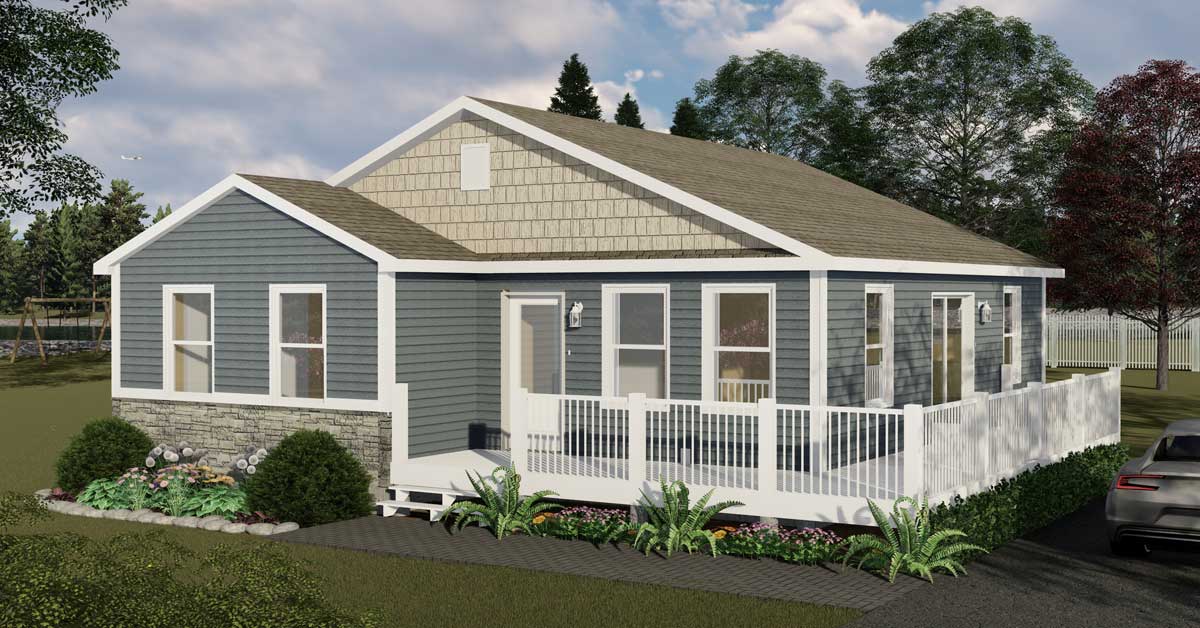
The Kent story goes back to 1881 with a sawmill in Bouctouche, New Brunswick. In the mid-1900s K.C. Irving visited his logging camps was unhappy with the workers’ living conditions. He had the idea to prebuild better homes offsite, and transport them to the logging camps. He found this increased the morale and productivity of the workers. Many decades later, the company has evolved into a homebuilder that has embraced the modular method.
5. ANC Modular

ANC Modular is the brainchild of construction pioneer and 2022 Top 40 Under 40 in Canadian Construction winner Andrew Neill. He made the move to modular homes after a newspaper article inspired him to begin work on a prototype. After achieving CSA A277 certification for the modular units, ANC Modular Inc. has gone on to manufacture design-build projects for municipalities and government-funded affordable housing projects, mostly as part of Canada’s Rapid Housing Initiative. Most recently, Neill has developed an international patent pending design incorporating a modular volumetric and concrete superstructure. The Modular Building Institute called Neill’s innovation an “ingenious” system that can build multi-unit housing in mere weeks.
4. Prestige Homes

From mini-homes to multi-unit, Prestige does it all. The New Brunswick company has been manufacturing modular homes since 1973 from its manufacturing facility in Sussex. Its reputation brought it into the Shaw Group of companies in 1999. They don’t even offer ready-to-buy models as they are confident in their ability to customize designs to customer needs.
3. Fort Modular
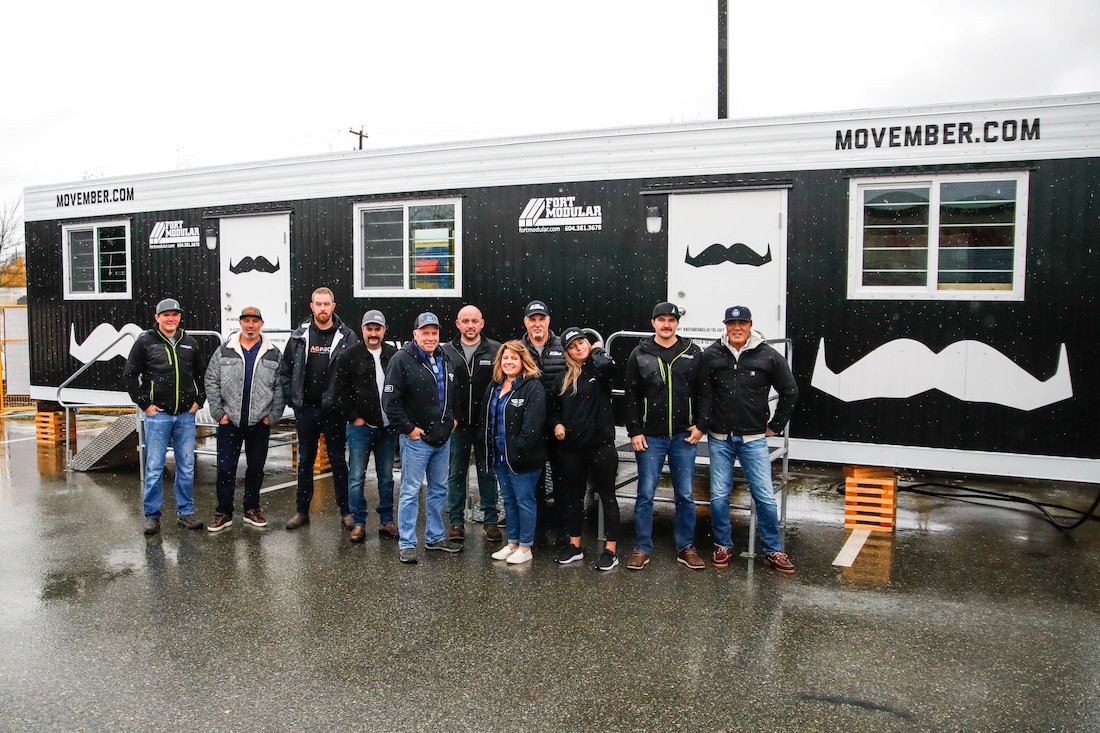
Fort is doing it big out West. They boast the largest manufacturing capacity in Southern B.C. with operations in Metro Vancouver and the Okanagan. They are the province’s largest, locally and privately-owned supplier of new, used, and renovated site office trailers, affordable housing, steel office containers, camp accommodations, portable classrooms, and other temporary or permanent modular buildings. They also are harnessing the business to help others. Last year the unveiled Movember-themed units to help raise money for men’s health issues.
2. Supreme Homes
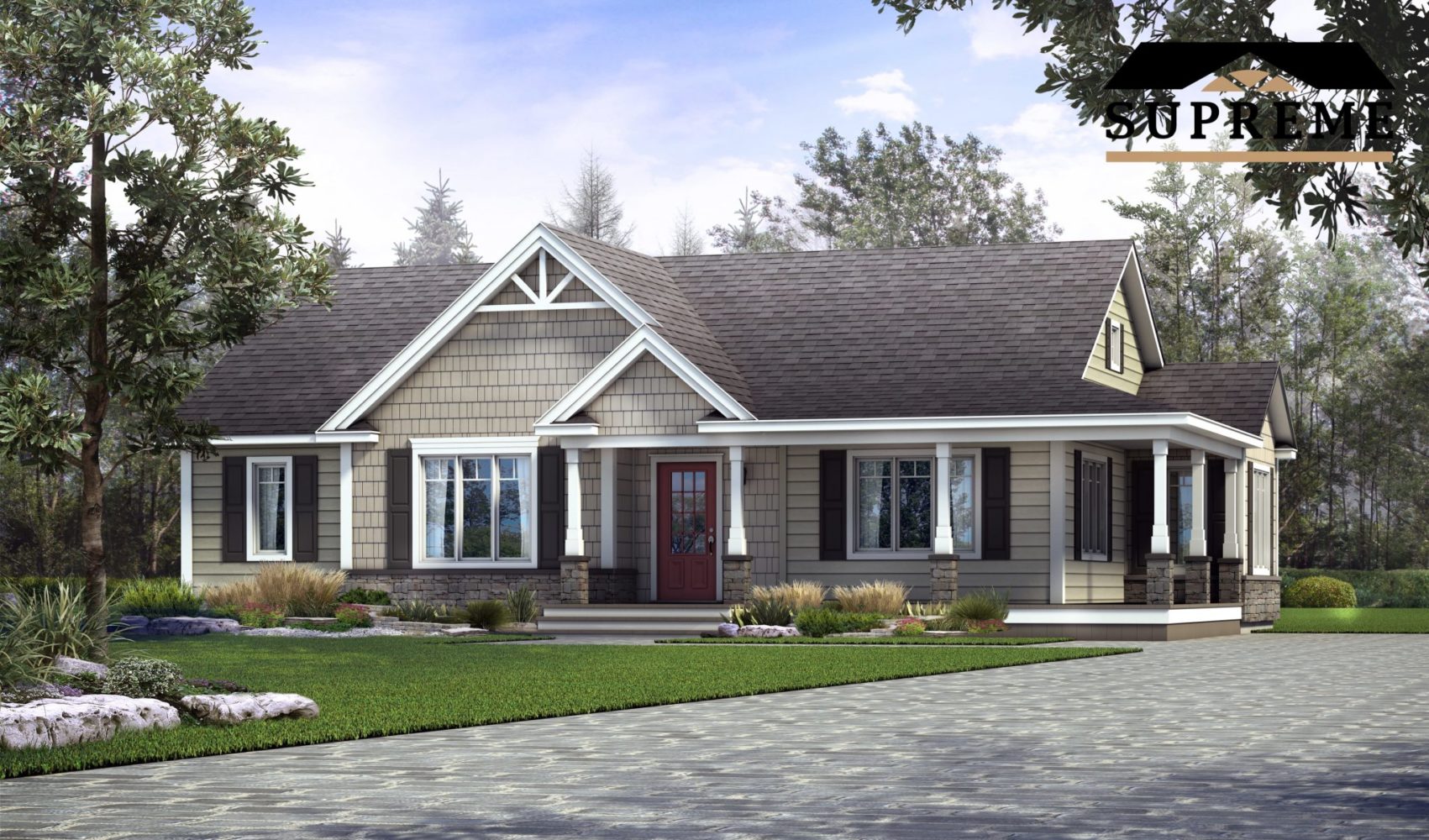
Modular building is nothing new for Supreme Homes. Established in 1983, the family owned business has 160 dedicated employees in Tracadie, New Brunswick and around twenty independent retailers across the Atlantic provinces, Quebec and Ontario. Over the years, they have worked on more than 5,000 projects at their 80,000 square-foot factory.
1. Stack Modular/Bird Construction
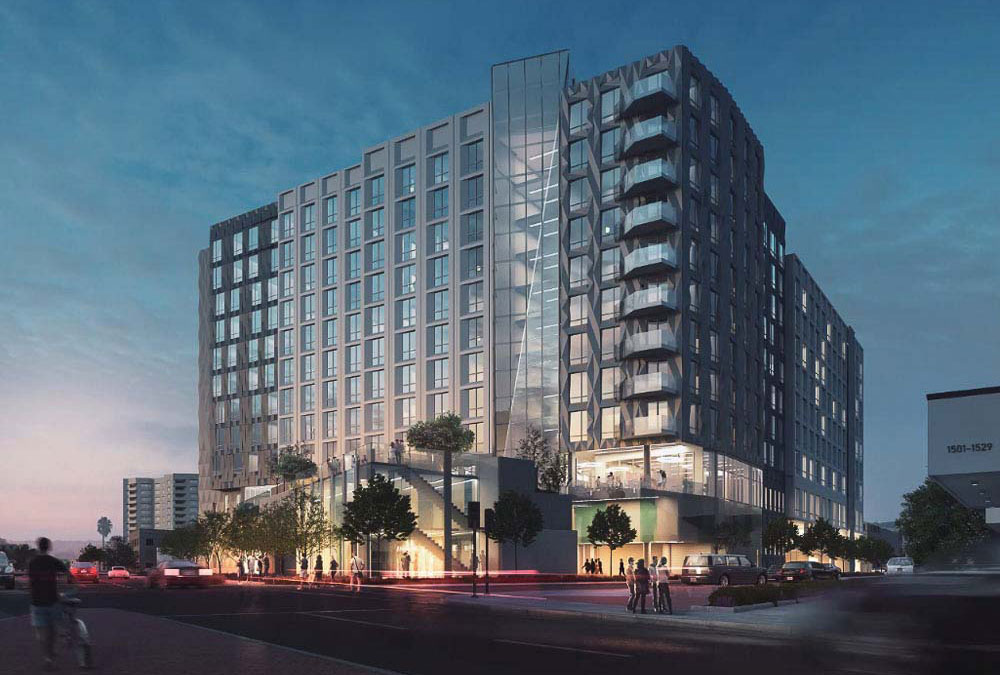
In 2017, Bird Construction acquired a 50 per cent ownership of Stack. The partnership provides structural steel modular systems for multi-family residential, hospitality, senior and student housing, and resource clients. According to Bird, Stack Modular is the only North American-owned company with a wholly-owned China-based modular facility certified to build for North America. The modular systems are local code-compliant while still offering international manufacturing and supply chain economies of scale.

